If you like this video — put Thumb Up button (please) and.
Okay, okay. I got to go… See You Soooooooooooooooon dudes wink
If you like this video — put Thumb Up button (please) and.
Okay, okay. I got to go… See You Soooooooooooooooon dudes wink
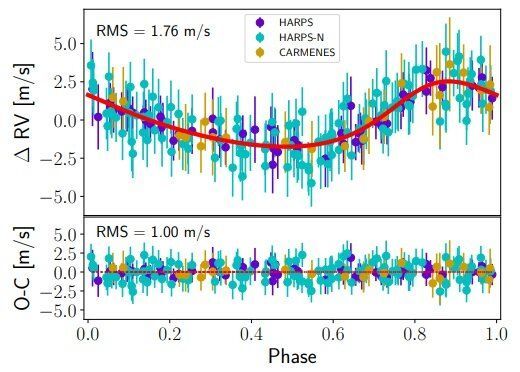
Using the radial velocity (RV) technique, astronomers have discovered a new super-Earth alien world as part of the HADES and CARMENES programs. The newfound exoplanet, designated GJ 740 b, orbits a bright star some 36 light-years away and is at least three times more massive than the Earth. The finding is reported in a paper published February 18 on the arXiv pre-print server.
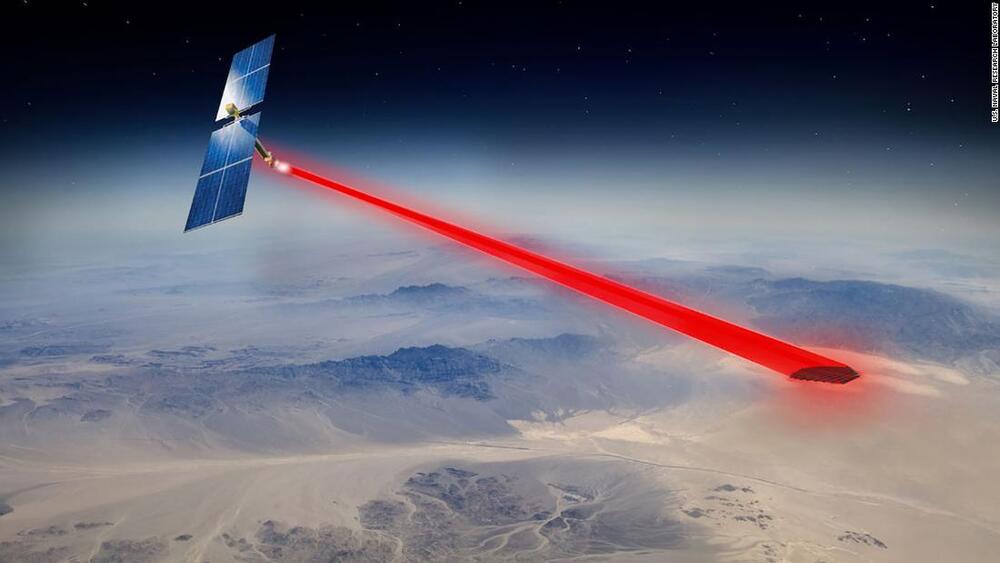
The unit has yet to actually send power directly back to Earth, but that technology has already been proven. If the project develops into huge kilometers-wide space solar antennae, it could beam microwaves that would then be converted into fuel-free electricity to any part of the planet at a moment’s notice.
Scientists working for the Pentagon have successfully tested a solar panel the size of a pizza box in space, designed as a prototype for a future system to send electricity from space back to any point on Earth.
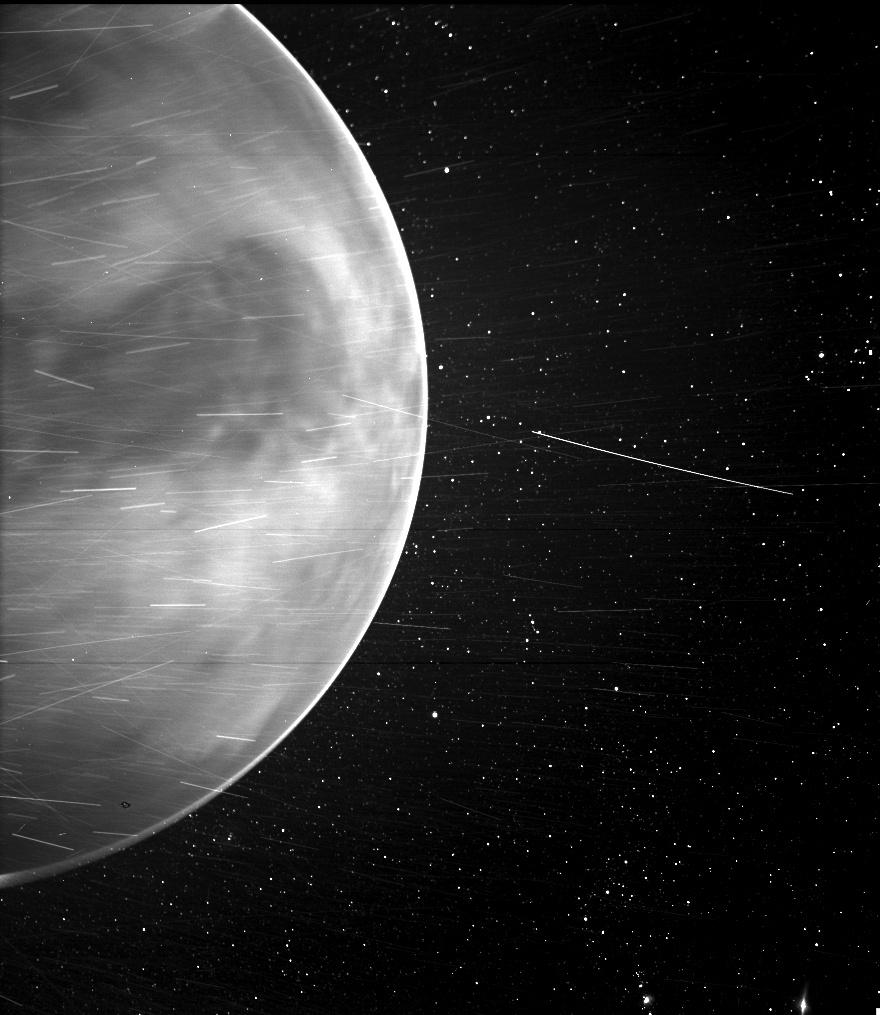
Mastcam-Z is one of the scientific instruments onboard NASA’s Perseverance rover. The two cameras create a multispectral, stereoscopic imaging instrument that can zoom in, focus, and take 3D pictures and video at high speed to allow detailed examination of distant objects.
Credit: NASA/JPL-Caltech/MSSS/ASU
Music: Mission to Mars by Audio Hertz courtesy of YouTube Audio Library.
Using 142 individual images taken by Perseverance’s Mastcam-Z on Sol 3, the third Martian day of the mission, 21 February 2021, NASA created a 360-degree panorama.
Credit: NASA/JPL-Caltech/ASU/MSSS

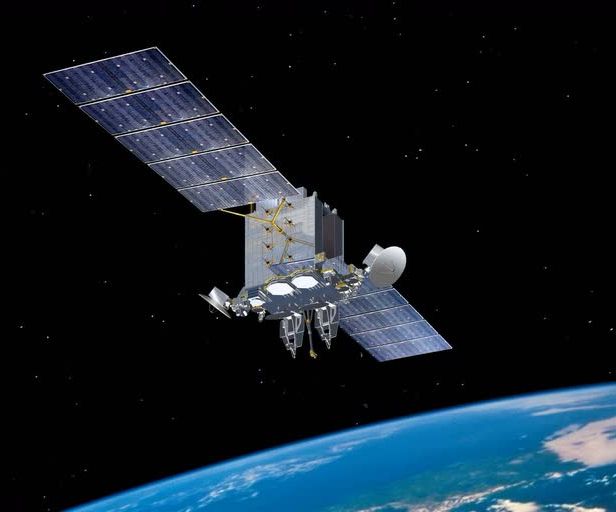
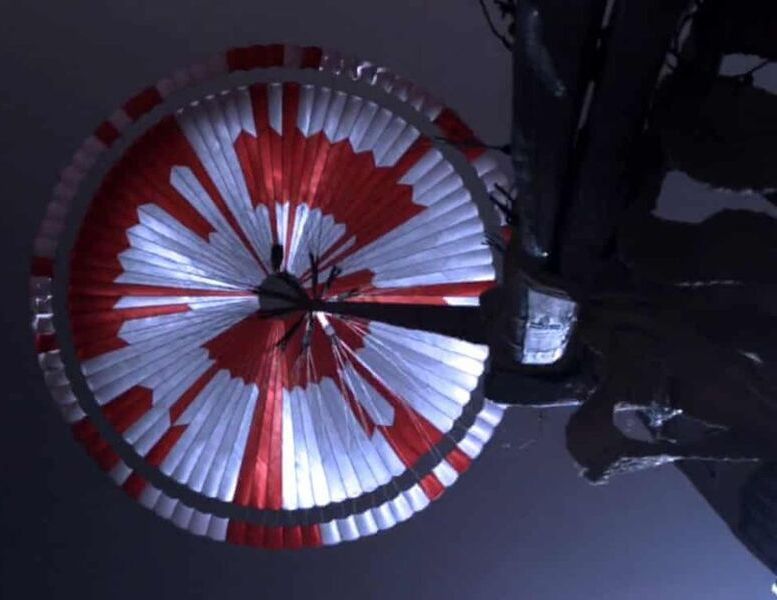

If we can take just a fraction of the time that’s spent gaming, and make it useful for science, then that’s practically a limitless resource.
The idea of citizen science isn’t a new one. Amateur scientists have been making important discoveries as far back as Ug the Neolithic hunter and her ‘wheel’, while even Newton, Franklin, and Darwin were self-funded for part of their careers, and Herschel discovered Uranus while employed as a musician. It’s only from the late 20th century that it’s crystallised into what we know today, with the North American Butterfly Association using its members to count the popular winged insects since 1975. Zooniverse has users classify images to identify stellar wind bubbles, track coronal mass ejections, and determine the shape of galaxies. Then there’s Folding@Home and other cloud computing projects—they count too.